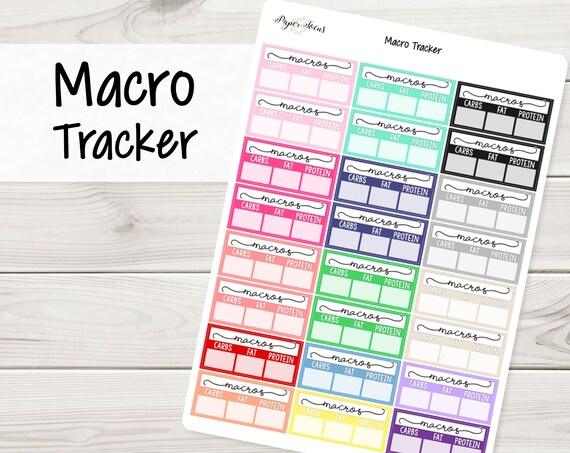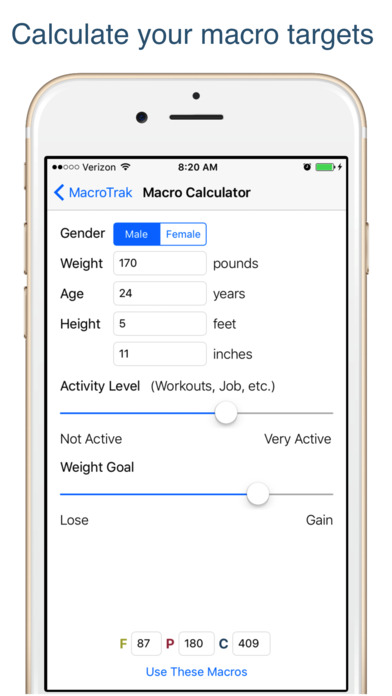


One gram of carbohydrate has four calories. “Macro” means macronutrient, or the nutrients that provide our bodies with energy and are consumed in gram amount (as opposed to a milligram or smaller amount, as for the micronutrients). What Are Macros and How Do You Track Them? Here’s why you don’t actually need to micromanage your meals with IIFYM. It’s beyond frustrating (and can be potentially harmful) to imply that intuitive eating and macro tracking are compatible. As intuitive eatingand a non-diet approach become more and more popular, we’re seeing an increase in the amount of misinformation being linked to it with hashtags, coaching programs, and “lifestyle” changes. Macro tracking or “tracking your macros” refers to the habit of counting or tracking how many grams of carbohydrates, protein, and fat you have per meal or per day. Have you seen “IIFYM” on social media posts or heard people talking about creating meal plans that “fit their macros”?
#Macro tracker plus#
Do you need to try macro tracking? Does tracking your macros work? What the heck does IIFYM mean? Learn the surprising thing about macro tracking (from a registered dietitian), plus why tracking your macros isn’t necessary for most of us.


 0 kommentar(er)
0 kommentar(er)
